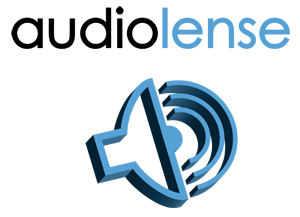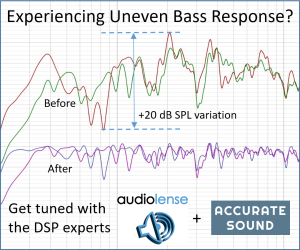Leo11
Registered
Thread Starter
- Joined
- Jul 23, 2022
- Posts
- 39
More
- Main Amp
- Hypex NC252MP
- Additional Amp
- Hypex NC502MP
- DAC
- Motu Ultralite Mk5
- Computer Audio
- Dell notebook
- Streaming Subscriptions
- Amazon Music Unlimited
- Front Speakers
- NHT C3
- Subwoofers
- 2x 12" DIY Scan Speak acoustic suspension
I'm trying to figure out the best solution to adopt for my multi-way system.
From the Audiolense XO demo I saw that the software takes care of aligning the drivers, however I would like to understand better which method it uses.
In particular I would like to understand if the alignment is based only on the measured impulse response, or if it is performed applying phase linearization (and possible polarity correction) of the drivers.
From the Audiolense XO demo I saw that the software takes care of aligning the drivers, however I would like to understand better which method it uses.
In particular I would like to understand if the alignment is based only on the measured impulse response, or if it is performed applying phase linearization (and possible polarity correction) of the drivers.
















